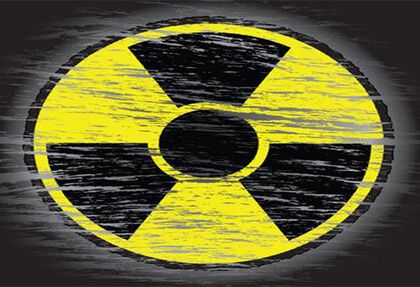Adults with congenital heart disease are exposed to cumulative radiation doses, from multiple catheterization procedures. Seeing as these patients are exposed since early age, the chance of stochastic effect due to radiation exposure are relatively higher than that of the elderly population.
It is clear the chance of incident cancer in adults with congenital heart disease is higher than that of the general population but, so far, there are no figures to estimate this association.
Read also: “Protective Shield RADPAD Reduces the Radiation Dose Received by Operators in the Cath Lab”.
The study population was obtained from the Quebec database. The study looked at cumulative doses during cardiac procedures for each patient until one-year prior cancer diagnosis.
The study included 24833 patients with congenital heart disease between 18 and 64 years from 1995 to 2009. After following up 250791 patients/year, researchers observed 602 cases of cancer at mean 55.4 years.
Cancer cumulative incidence at 64 years was estimated in 15.3% (CI 95%; 14.2-16.5).
Read also: “Radiation Exposure in Chronic Total Occlusions”.
Cancer patients had a bigger number of catheterization procedures than control patients. (1410 vs 921 every 1000 patients with congenital heart disease; p<0.0001).
Radiation was independently associated with cancer, both per procedure (OR: 1.08; CI 95%, 1.04-1.13) and per dose (OR: 1.10 per every 10 milliSieverts; CI 95%, 1.05 1.15).
Conclusion
This is the first large population-based study to look at the association between radiation exposure in cardiac procedures and the incidence of cancer in adults with congenital heart disease.
Editorial Comment
These findings should be confirmed by prospective studies to reinforce recommendations on radiation surveillance in a highly, early exposed population. This is vital if we are to standardize cancer prevention policies, currently non-existent.
For now, physicians must ensure diagnostic and therapeutic procedures with the lowest possible radiation dose, without compromising quality.
Original title: Exposure to Low-Dose Ionizing Radiation from Cardiac Procedures and Malignancy Risk in Adults with Congenital Heart Disease Running.
Reference: Cohen et al. Circulation. 2017 Dec 21. [Epub ahead of print].
Get the latest scientific articles on interventional cardiologySubscribe to our weekly newsletter
We are interested in your opinion. Please, leave your comments, thoughts, questions, etc., below. They will be most welcome.






